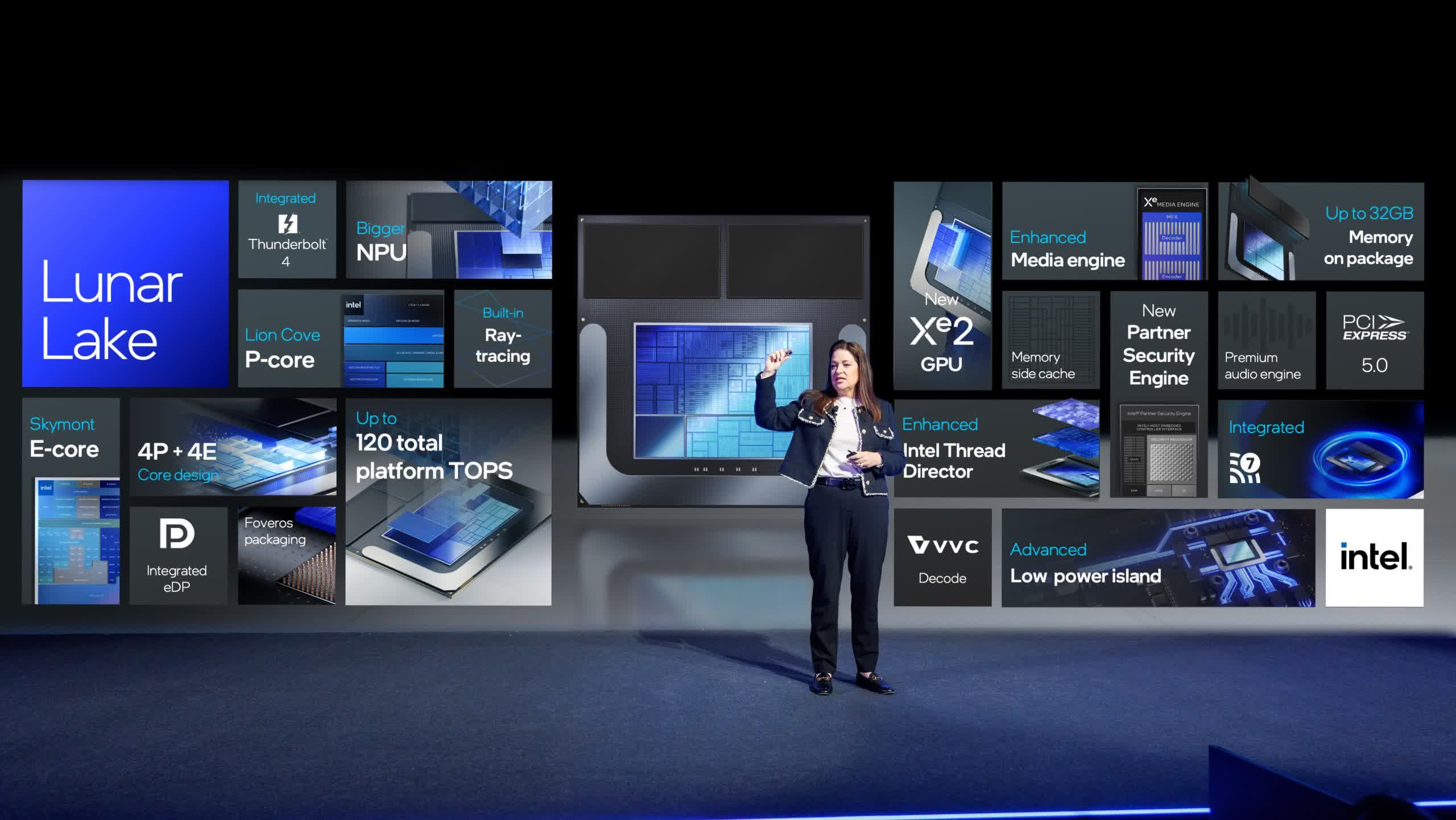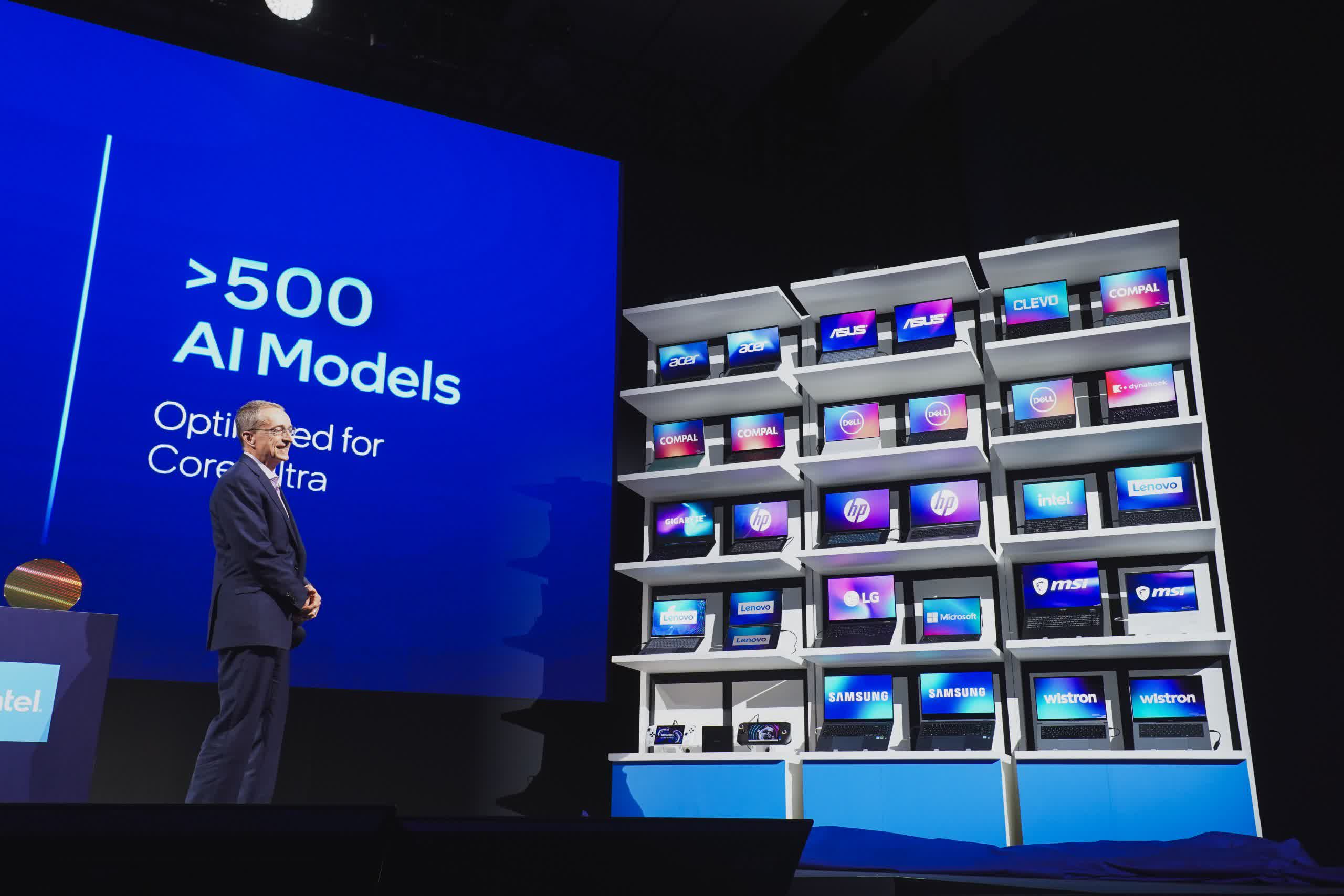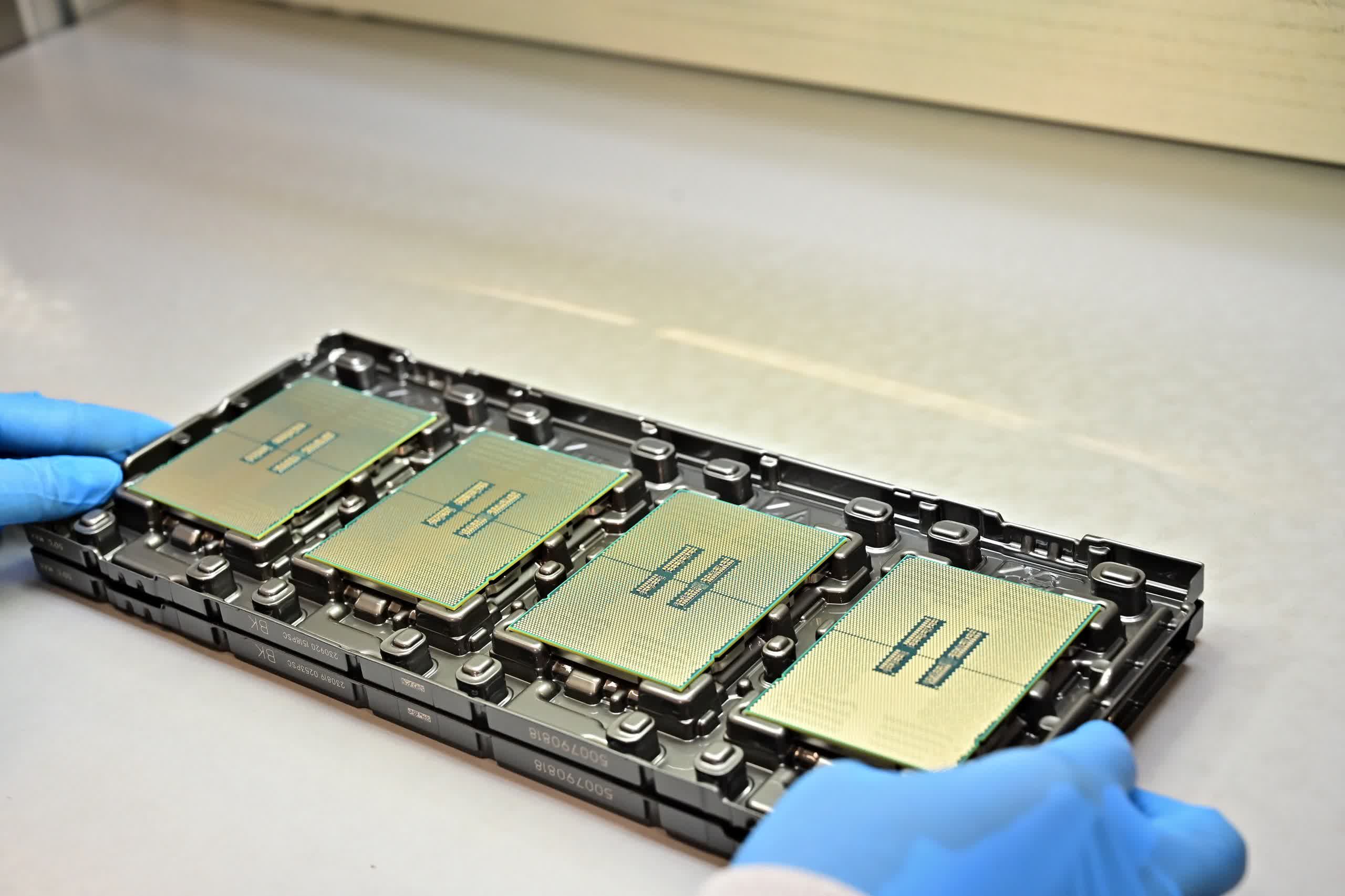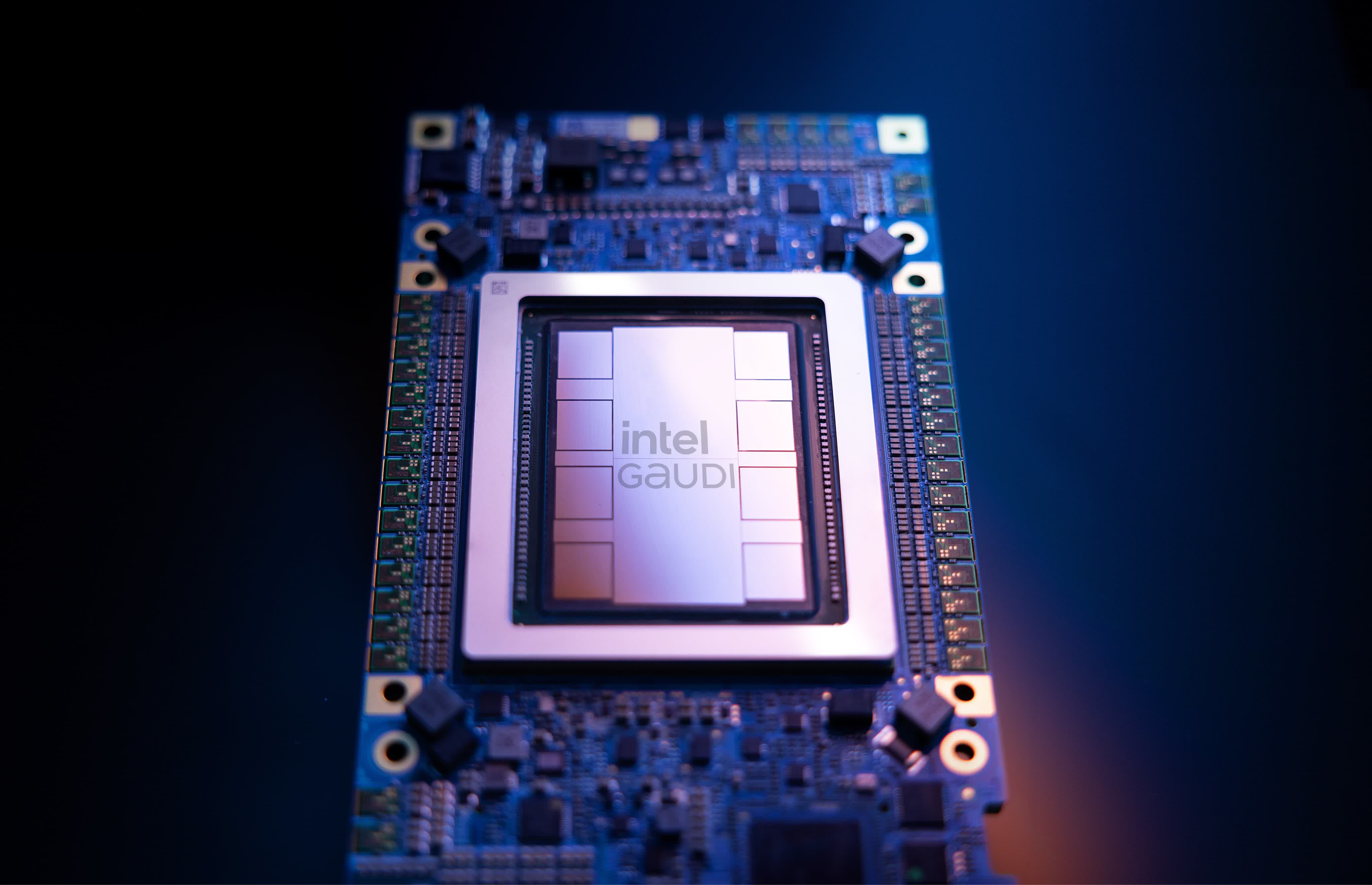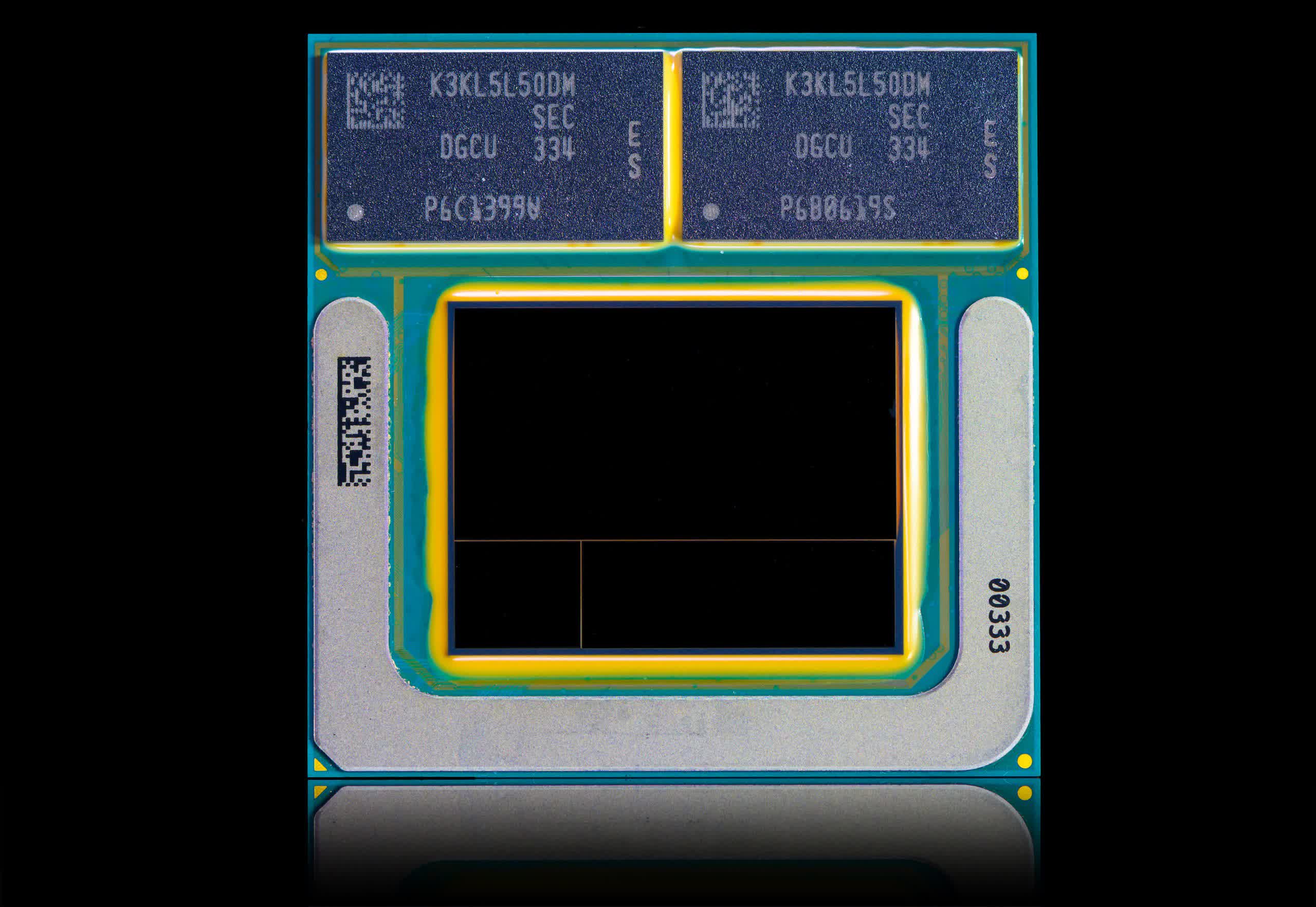In context: In an era of impressive innovation and intense competition in the semiconductor market, it's fascinating to observe how the major players have refined their strategies and messaging at this year's Computex show. Both in relation to major trends like generative AI and against their competition, the big tech companies have been working to position themselves in unique and differentiated ways.
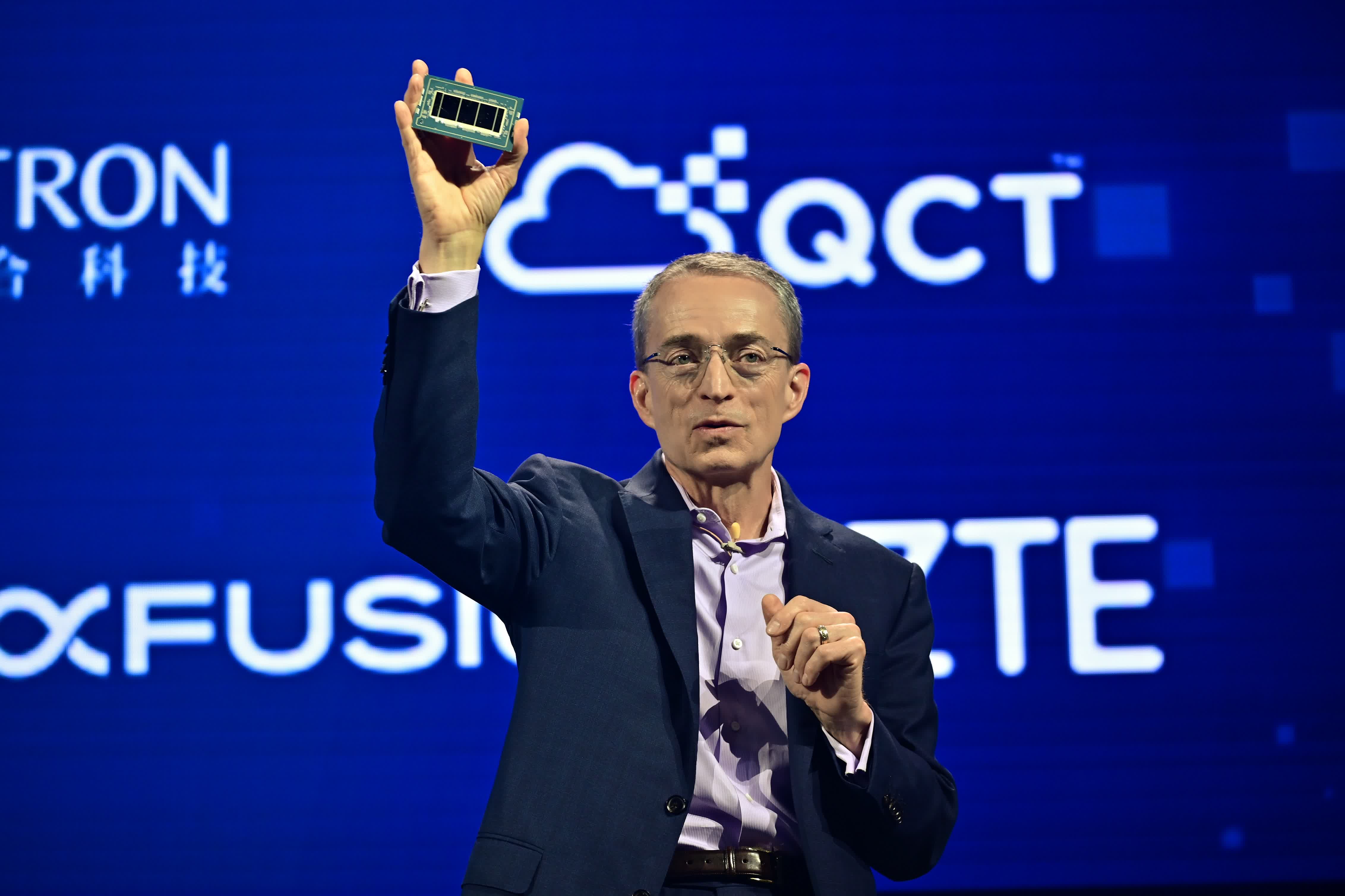
For Intel, whose CEO Pat Gelsinger delivered the fifth major CEO keynote here, part of the task was to reassure the industry that the long-time leader was back in full force.
In his typical energetic fashion, Gelsinger laid out a wide-ranging vision for the company, offering deep dives on new server architectures (Xeon 6), AI Accelerators (Gaudi 3), and new Copilot+ AI PC architectures (next-gen Core Ultra, codenamed "Lunar Lake").
Along the way, he also highlighted the company's efforts to transform its foundry chip manufacturing business, both for Intel's own products and for other potential partners – many of whom also gave keynotes here at Computex.
The overriding theme linking these points was speed of execution. Gelsinger provided several examples of how the company had accelerated timetables on various products – particularly its Lunar Lake PC architecture – to offer proof that Intel had moved beyond its recent challenges and into a new era of tech leadership and innovation.
In truth, we're still years away from Intel regaining the kind of undisputed leadership position that the company once had – and which Gelsinger has been driving towards since returning to take over as CEO in 2021. However, this year's Computex keynote did feel like a turning point, with enough impressive products and technologies to make people start to believe the Intel of old is ready to strike back.
On the server and data center front, the company unveiled their Xeon 6 architectures, with the first of these coming out just six months after the fifth-generation Xeon. In line with other major computing architectures, Intel's Xeon now offers both efficiency and performance cores, each designed for different types of workloads.
The new Xeon 6 E-core product, codenamed "Sierra Forest," was officially launched here in Taiwan, focusing on the increasing data center challenge of power efficiency. Intel illustrated its improvements by showing how a few servers with the new chips could match the performance of a full rack of older Xeon-based servers. Intel also noted that while power efficiency is the key focus of Xeon 6 E-core, an upcoming version with 288 cores can tackle massive workloads as well.
As the name suggests, Xeon 6 P-core based CPUs, codenamed "Granite Rapids," are optimized for higher performance (and higher power) for the most demanding workloads. While initially expected to debut in 2025, Gelsinger commented that they're now going to be available by the end of this year.
Intel's Gaudi 3 – the company's GPU-based AI accelerator chip – has been announced and its performance capabilities discussed at previous events, but during the Computex keynote the company unveiled pricing compared to competitive Nvidia cards. Gaudi 2 is only one-third the price, and Gaudi 3 is two-thirds the price, emphasizing the point that they believe it to be a better value for organizations looking for alternatives.
The biggest news from Gelsinger's Intel keynote was the unveiling of Lunar Lake. The first Intel chip compatible with Microsoft's Copilot+ AI PC requirements, Lunar Lake features a new CPU architecture, a greatly enhanced Xe2 GPU, and an NPU with 48 TOPs. Equally, if not more important, Intel emphasized the power efficiency of the overall SoC.
As the company explained, the power efficiency of a chip isn't necessarily determined by its instruction set. In fact, Intel believes the x86-based Lunar Lake part will be able to compete on a power level with Qualcomm's Arm-based Snapdragon X products. Unfortunately, there are still no benchmarks available to prove this either way since neither part is officially shipping, but that's an area that will certainly get a great deal of attention once they both are.
Lunar Lake
Part of the reason Intel feels confident about the technology is the unique design of Lunar Lake. As Apple has done with their M Series processors for the Mac, Intel's Lunar Lake includes memory directly on chip. This offers the advantage of lower power consumption and faster access to memory, apparently playing a big factor in the chip's overall performance and efficiency.
In addition to product details, another big surprise regarding Lunar Lake is its availability, which is now expected this fall. As AMD did with their new Ryzen AI 300 chips, Intel dramatically moved up their release date to compete with Qualcomm's offerings.
The net result is we will have an amazing array of different Copilot+ AI PC systems available in the fall and holiday buying season. In fact, several PC makers will end up selling systems with all three different chips. How they will intelligently segment those different offerings – and not completely confuse potential buyers – remains to be seen, but it's going to be an exciting second half of the year for those in the PC market.
One challenge that Intel may face is the availability of the x86 and Intel NPU-specific versions of the Copilot+ software. Microsoft still needs to complete that work, and there is no firm date yet as to when that will be available. Interestingly, because Intel will be later to market than AMD, they may be able to avoid having Copilot+ "Ready" systems that need a software update before they have the full AI functionality, but we won't know for sure until a few months from now.
Another key factor to remember in all these developments is that despite some of Intel's recent challenges, they are still a behemoth in the computing (and particularly PC) industry with incredibly wide and deep roots across the entire supplier ecosystem. It's a point they've been emphasizing with all their partners in that ecosystem here in Taiwan, and it will end up influencing things like the number of systems available, total systems sold, and much more.
Intel also has a long history of laying out long-term roadmaps for their critical products, and during his keynote, Gelsinger did that for future PC architecture. Next year's Panther Lake chip, in particular, looks to be interesting as it builds on the improvements from Lunar Lake but will also be the first part manufactured in Intel's 18A process technology. This will mark what Intel believes will be a return to semiconductor manufacturing process and performance leadership.
While the final story on that remains to be told, the good news coming out of the Intel keynote is that competitive confidence is clearly back, inspiring the entire computing industry to raise their game.
Bob O'Donnell is the president and chief analyst of TECHnalysis Research, LLC, a market research firm that provides strategic consulting and market research services to the technology industry and professional financial community. You can follow Bob on Twitter @bobodtech
Intel strikes back: Pat Gelsinger outlines Intel's future at Computex 2024
